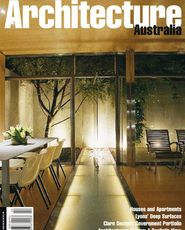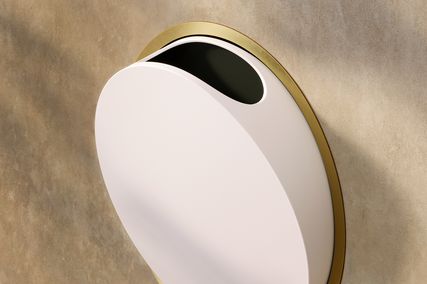Sydney is the centre of another boom in recycling grungy old industrial buildings for glamorous new apartments. Here’s a scan of some notable recent examples.
|
Recycling
More archive
See all
A preview of the November 2020 issue of Landscape Architecture Australia.


















